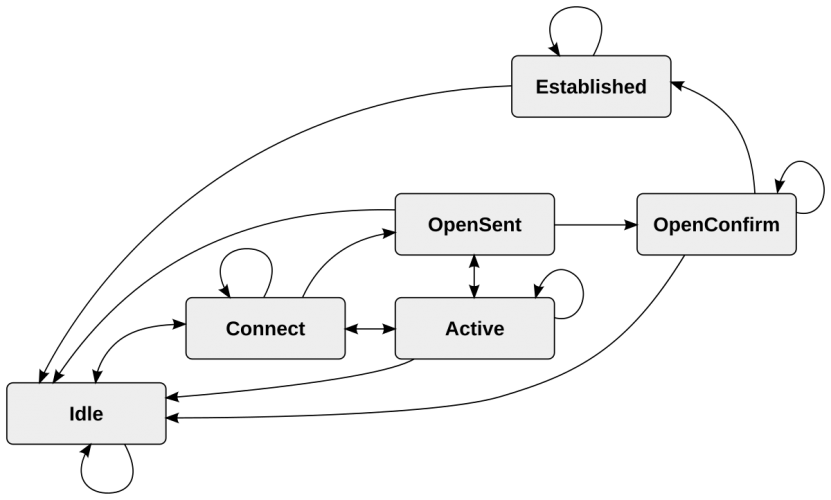Comparing BGP Implementation on Arista EOS vs. Juniper Junos
For network engineers and architects evaluating Border Gateway Protocol (BGP) implementations, Arista EOS and Juniper’s Junos represent two industry-leading network operating systems with distinct benefits. Both platforms offer robust BGP support, but their unique features and architectural differences influence performance, flexibility, and operational ease.
Arista EOS: BGP on a Modular Platform
Arista’s Extensible Operating System (EOS) stands out due to its modular, Linux-based architecture. One key benefit of EOS lies in its single-image consistency across all platforms, which simplifies BGP deployment and management. EOS’s microservices-based approach allows processes, including BGP, to run independently. If one process fails, it can be restarted without affecting the rest of the system. This modularity enhances the resilience of BGP operations, particularly in high-availability environments.
Moreover, EOS’s programmability is a significant advantage. Arista’s open API support, especially through eAPI, makes BGP automation seamless. Engineers can interact with BGP configurations using Python scripts or Ansible, allowing for the automation of tasks like route updates, filtering policies, and peer management. This tight integration with network automation frameworks is essential for modern data centers and cloud environments that require rapid scaling.
Additionally, BGP on EOS is optimized for data center interconnect (DCI) use cases. Arista has extensive features for overlay routing, particularly in environments using VXLAN with BGP EVPN for layer 2 and layer 3 connectivity. EOS’s implementation of BGP EVPN provides fast convergence times and efficient resource utilization, making it ideal for large-scale data centers.
Juniper Junos: BGP with Proven Stability
Juniper’s Junos OS has long been a trusted platform for service providers and large enterprises due to its focus on reliability and performance. Junos BGP implementation is known for its high stability, scalability, and feature-rich capabilities. Juniper’s robust support for BGP routing policies, route filtering, and advanced BGP attributes like multipath and equal-cost multipath (ECMP) makes it well-suited for carrier-grade networks.
One of Junos’ key strengths is its intuitive policy configuration for BGP. The policy framework in Junos is comprehensive, allowing for granular control over routing decisions. This is particularly useful in multi-AS environments or in scenarios where fine-grained policy enforcement is needed.
Juniper also excels in BGP convergence and scale. The forwarding plane, powered by Juniper’s custom silicon, enables fast route processing and supports large routing tables, which is critical for backbone or edge networks dealing with large volumes of BGP routes. Furthermore, Junos offers graceful restart capabilities, ensuring BGP sessions maintain stability even during control plane restarts.
Juniper’s automation capabilities are also noteworthy. While not as natively flexible as Arista’s eAPI, Junos supports automation tools like PyEZ and NETCONF, enabling engineers to automate BGP configurations and policies. This is particularly beneficial for service providers automating complex routing decisions across vast networks.
Key Differentiators
While both Arista EOS and Junos offer robust BGP support, the choice between them often depends on the network’s specific requirements:
Automation: EOS offers superior programmability with its eAPI, making it ideal for data centers with heavy automation needs. Junos, while programmable, tends to excel in environments with traditional BGP routing requirements.
Modularity: EOS’s modular design allows for flexible process management, giving it an edge in environments where uptime is critical. Junos, with its monolithic but stable design, is better suited for networks prioritizing stability over modularity.
Data Center vs. Carrier Networks: Arista EOS’s strengths lie in data center interconnects and overlay networks, whereas Junos is often preferred for carrier-grade environments due to its scalability and advanced routing features.
Both EOS and Junos provide powerful BGP capabilities, but their differences in modularity, programmability, and architecture make them suited to distinct use cases. Network engineers should assess their infrastructure needs, including automation, scalability, and operational priorities, before selecting a platform.
At Terabit Systems, we remain committed to providing cutting-edge networking solutions tailored to our customers' needs. Call us at +1 (415) 230-4353 or click here to connect for a quote or to learn more.

